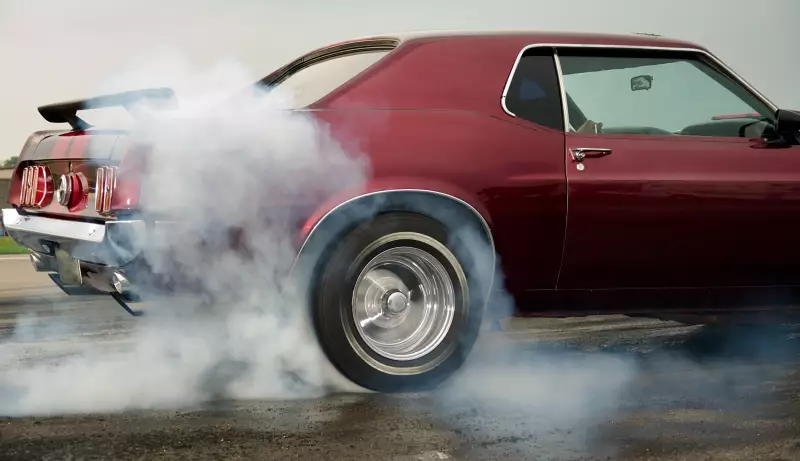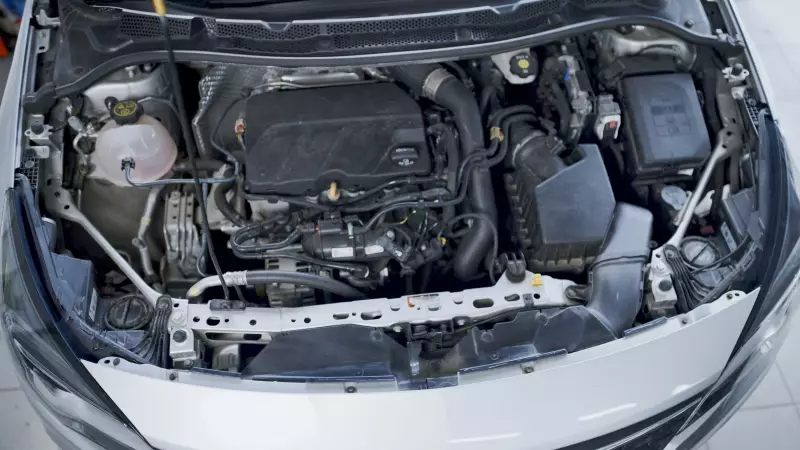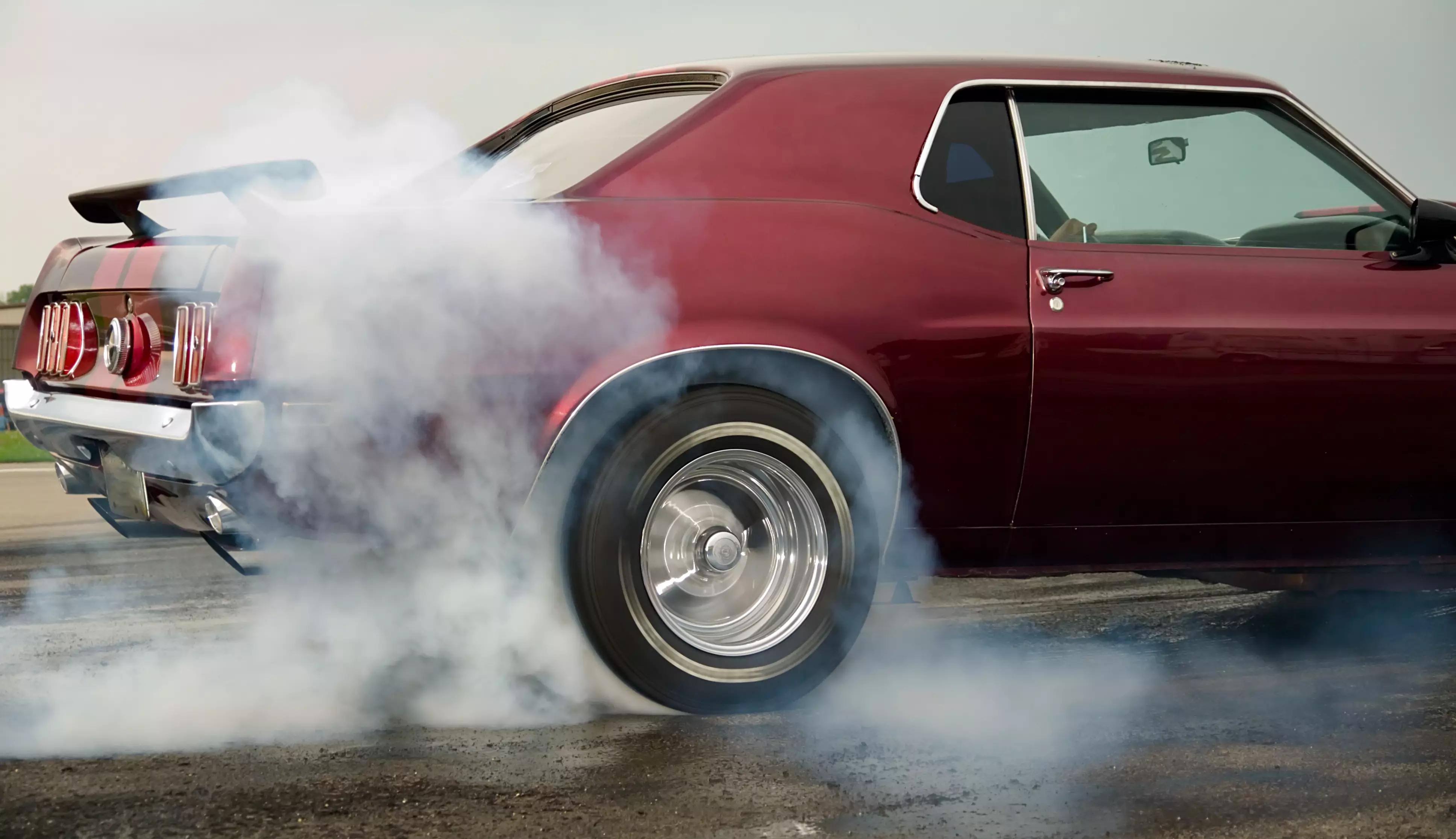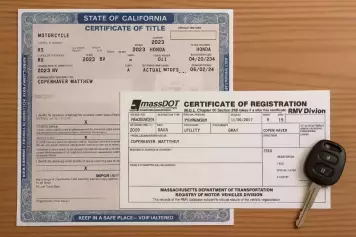Whenever there is a conversation about car performance, the term "horsepower" is likely to come readily to mind. Horsepower, abbreviated as hp, matters because it says a lot about how a vehicle performs and the feeling experienced by the driver behind the wheel. The term is used to measure the power of an engine and fundamentally affects how a car performs on the road. Hence, a car with a horsepower of about 100 horsepower may not accelerate as strongly as one with 300 horsepower.
However, while horsepower is mainly involved with the speed of a car and plays an important role in determining the vehicle's performance, it is not absolute that more horsepower will always translate into a faster car when a vehicle is moving at its top speed. Other factors, such as weight, transmission, aerodynamics, and gear ratio, also play a major role in how a car performs. Understanding what horsepower really means and how it fits into the bigger picture can help drivers make smarter choices based on their individual driving needs.

What Does Horsepower Actually Measure?
Horsepower is a description of how powerful an engine is. The term was created in the 18th century by James Watt, an engineer, to compare the output of steam engines to the work done by horses. Today, the term remains a standard way to describe a car engine's performance capability.
In vehicles, horsepower influences how fast a car can accelerate and how well it maintains high speeds. Typically, a car with more horsepower moves quicker, overtake other vehicles more easily, and handles performance demands such as racing and climbing hills better than a vehicle with a lower horsepower rating.
Horsepower Basics
Horsepower refers to the rate at which an engine can do work. Specifically, one horsepower equals 550 foot-pounds of work per second. About automobiles, a higher horsepower enables a car's engine to deliver more energy in less time, which would cause quicker acceleration and a higher top speed. For most drivers, this translates into a smoother and more responsive driving experience, especially when driving on highways or passing other cars.
Horsepower vs. Torque
While some people may use the terms "horsepower" and "torque" interchangeably, they mean different things and serve varying roles in vehicle performance. Torque is a term used to describe the twisting or rotational force of the car's engine that helps the vehicle initiate moving from a stop. Torque is particularly useful for low-speed strength, such as towing heavy loads or climbing steep inclines. It is considered the muscle of the engine and is measured in lb-ft. On the other hand, horsepower affects how fast the car can go once it is in motion. It describes how quickly an engine offers its power and how well it can maintain it. Horsepower supports high-speed driving and overall engine performance. Usually, the higher the horsepower rating of an engine, the higher the engine's torque.
How Much Horsepower Is Considered “Fast”?
While the more horsepower a car has, the quicker it can accelerate and the higher its top speed, what counts as "fast" varies between vehicles, sports models, and high-performance machines. Horsepower ranges and their indications for driving performance are explained further below.

What Is the Average Car Horsepower?
Mainstream passenger cars in the modern era generally offer between 150 and 250 horsepower, with most sedans, family vehicles, and compact SUVs settling around the 200 horsepower rating. Possessing a horsepower rating within this range allows these vehicles to deliver sufficient acceleration for daily commuting, highway merging, and a balanced mix of efficiency, comfort, and reliability, without excessive fuel consumption or emphasizing speed or performance.
Below Average – Efficient and Practical
Vehicles delivering less than 150 horsepower may be considered below average in engine power terms, as they may not accelerate quickly, usually doing 0-60 miles per hour in between 9 and 12 seconds. As a trade-off, such vehicles are typically more fuel-efficient and budget-friendly, potentially offering 35 or more miles per gallon. Cars with below-average horsepower ratings are ideal for city driving, shorter commutes, and buyers focused on affordability and reliability.
Above Average – Sporty and Quick
Vehicles with between 250 and 400 horsepower ratings are typically referred to as above average per engine performance. Usually, they offer sharper throttle responses, quicker acceleration, and a more spirited driving experience. These vehicles are ideal for drivers seeking a more engaging driving experience without venturing into the exotic-car territory. The scope of the range of vehicles in this category includes sporty sedans, luxury vehicles, and some entry-level sports cars.
High Horsepower – For Performance Enthusiasts
Vehicles with over 400 horsepower fall into the high-performance category. These include sports cars, muscle cars, and supercars designed for speed, track driving, and aggressive handling. While they deliver exceptional power and acceleration, they also tend to be more expensive, use more fuel, and require more skill to handle safely.
What Else Affects a Car’s Speed Besides Horsepower?
Horsepower is not the only determining factor in the speed and performance capabilities of a car. A car's ability to accelerate and efficiently handle the acceleration depends on other design and mechanical elements.
Vehicle Weight and Power-to-Weight Ratio
One of the most important performance factors that may affect a car's speed besides horsepower is the power-to-weight ratio, which is a description of the amount of horsepower available per unit of weight. A lighter car with modest horsepower may accelerate faster than a heavier car with more power. For example, a compact sports car with 200 horsepower may feel quicker and more agile than a bulky SUV with 300 horsepower simply due to the lower mass required to be moved.
Transmission Type and Gear Ratios
The type of transmission used in a car also affects how a car delivers its power, as manual, automatic, and dual-clutch transmissions each manage engine output differently. Manual transmissions provide the driver direct control over gear changes, which can improve performance if used skillfully. Automatic transmissions shift gears automatically and have become much quicker and smoother in recent years. However, dual-clutch transmissions (DCTs) offer very fast, precise gear changes and are often found in performance cars. In addition, continuously variable transmissions (CVTs) use a belt system instead of gears, providing smooth acceleration and better fuel efficiency, though not ideal for speed.
Also, gear ratios determine how effectively power is transferred to the wheels, impacting acceleration and top speed. Lower gears give more power for acceleration, while higher gears are better for cruising. Cars with short gear ratios feel faster, while those with taller ratios are more fuel-efficient.
If a car has its transmission well-tuned, it may feel more responsive, even without high horsepower ratings.
Traction and Tires
Tires and traction play a crucial role in turning engine power into forward motion. High-quality tires with good grip allow a vehicle to launch faster, maintain control during acceleration, and handle better at high speeds. However, without sufficient traction, even a powerful car may struggle to perform, especially in wet or slippery conditions, potentially making the car unable to achieve its top speed.
Aerodynamics and Drivetrain Layout
A car’s aerodynamics and drivetrain layout are essential elements that affect its overall speed, acceleration, and handling. While horsepower delivers the engine’s power, these two factors help determine how efficiently that power is used, especially at higher speeds or in challenging driving conditions.
Aerodynamics refers to how well a car moves through the air. When a vehicle is in motion, air resistance, also known as drag, pushes against it. The more aerodynamic a car is, the less drag it faces, allowing it to maintain higher speeds with less effort. Sleek, low-profile designs help reduce drag, improve fuel efficiency, and increase top-end performance. In sports and racing cars, the aerodynamic design often features smooth body lines, air diffusers, spoilers, and underbody panels to manage airflow more effectively. In contrast, boxier or taller vehicles, like SUVs, experience more drag, which can limit their top speed and fuel efficiency despite having powerful engines.
Also, the drivetrain configuration, FWD, RWD, or AWD, impacts how power is delivered from the engine to the wheels, and it plays a significant role in traction, balance, and acceleration. In Front-Wheel Drives, power is sent to the front wheels, which may lead to understeer during aggressive cornering and less performance potential than other drivetrain configurations.
In Rear-Wheel Drive vehicles, the power is sent to the rear wheels, which helps distribute weight more evenly during acceleration. Consequently, handling, balance, and driving dynamics are better than in FWDs. In All-Wheel Drive cars, the system delivers power to all four wheels, either continuously or as required. This improves grip and stability, especially during acceleration and in poor road conditions.
Choosing the Right Horsepower for Your Driving Needs
Although more horsepower typically means faster acceleration and higher car performance, car buyers should consider their driving habits and personal preferences when deciding on the car to buy. Choosing the right amount of horsepower should depend on factors such as how and where you drive, fuel efficiency, comfort, and expected driving experience.

Daily Commuters and City Drivers
If you expect to mainly navigate city streets or short commutes, purchasing a car with an average or slightly below-average horsepower, typically under 200 horsepower, will be enough. Such vehicles are easier to maneuver in traffic, use less fuel, and tend to have lower maintenance costs than cars with much higher horsepower ratings. Compact cars and hybrids in this range usually offer a practical balance between performance and efficiency for everyday tasks.
Highway and Mixed-Use Drivers
For drivers who expect to drive regularly on highways or want a vehicle that performs well in both city and long-distance travel, a car with a slightly above-average horsepower, around 200-300 horsepower, is recommended. Such vehicles can provide smoother acceleration, better merging capability, and more comfortable overtaking. Mid-size sedans and crossovers in this range often deliver a well-rounded driving experience in most scenarios.
Drivers Looking for Fun and Excitement
If you are looking for fun and excitement in your driving experience, cars with above-average to high horsepower, typically 300 horsepower and above, can offer a spirited driving experience by delivering stronger acceleration and quicker responses. Sports cars, performance sedans, and muscle cars in this range are designed for drivers who prioritize speed and handling over economy.
New or Cautious Drivers
If you are a new or less experienced driver looking for horsepower recommendations for a new car, it is advisable that you go for lower horsepower vehicles as they are more forgiving and easier to control. Lower horsepower vehicles, such as those with a horsepower rating between 60 and 150, reduce the risk of over-acceleration and encourage smoother, more cautious driving habits.
In conclusion, while horsepower remains a key indicator of a vehicle’s performance, it is only one of many factors influencing speed, acceleration, and overall driving dynamics. By understanding how horsepower interacts with elements like weight, transmission, and aerodynamics, drivers can make informed decisions that align with their driving preferences and daily needs.








![Best Sites to Check a Car’s History [2025 Review]](https://media.infopay.net/thumbnails/K8lMeG2QLjE46LPqZlmoi6SunKKdT5qvlaRZk6e1.webp)










![Best Sites to Check a Car’s History [2025 Review]](https://media.infopay.net/thumbnails/K8lMeG2QLjE46LPqZlmoi6SunKKdT5qvlaRZk6e1-w356.webp)
